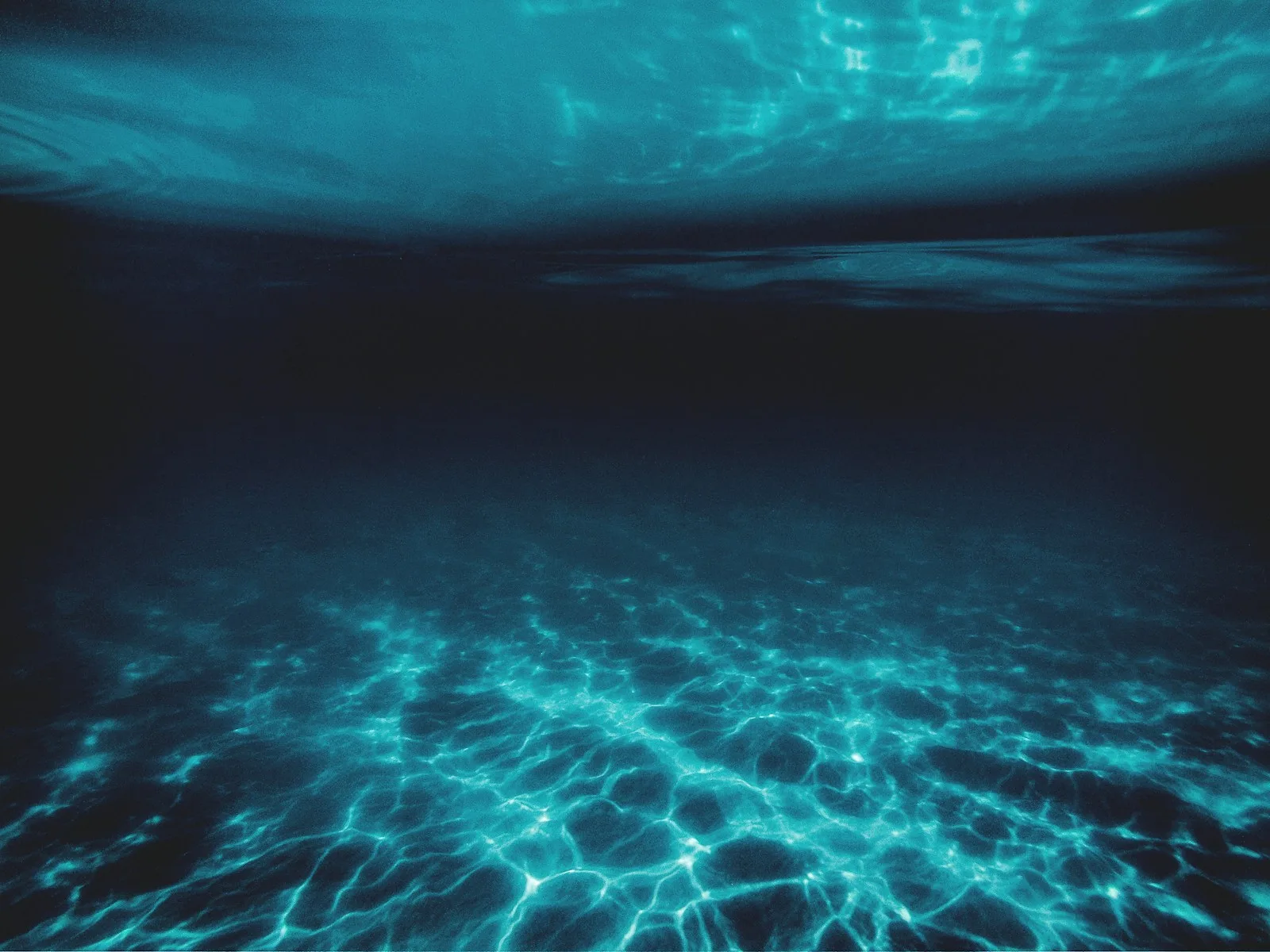
Table of Contents
The deeper you go, the bigger they get. This saying holds true for the vast majority of life that struggles to survive in the suffocating depths of our oceans. Small crabs fear larger predators near the surface. Usually the predators themselves, giant squid up to 13-feet wide live in the depths.
The giant squid is one of the most notorious examples of this deep-sea giant; It can reach over 40 feet in length and even more if it spreads its huge tentacles. The list includes giant amoebas, giant jellyfish, and giant isopods. But why is this diverse cast getting so big?
Are Bigger Animals More Efficient?
One possible explanation is that deep water is extremely cold, dark, and far from the surface, where most other life forms. Food is very scarce, usually in the form of drifting debris known as sea ice. It makes sense to use your limited energy wisely, and larger animals are usually more resourceful.
Kleber’s law is a mathematical model that has a solution. The larger the organism, the less energy it requires. For example, a cat 100 times the weight of a mouse needs 30 times more calories.
Although the exact process is still unknown, it may be related to a larger scale that enables animals to store more heat from their metabolism. When you have an animal in need of food and it’s unclear when or what your next meal will be, it’s best to be prepared for any situation that may arise. Among these opportunistic eating habits are the gaping jaws of the gulper eel and the strangely enlarged stomach of the hairy fish deep-sea denizens.
Read More: These 12 Deep Sea Creatures Are More Comical Than Creepy
What Other Factors Explain Large Sizes of giant squid?
However, in the case of larger animals, Kleber’s somewhat crude rule may not capture the whole picture. According to a 2015 study published in Plant Signaling and Behavior, the model’s predictions did not match the ratios observed in different plant species. It is possible that evolutionary or environmental variables play a major role in explaining these adaptations.
Another attempt to generalize the size connection is Bergmann’s law, however this time it does so as a function of temperature. Numerous warm-blooded animals appear to exhibit the tendency. For example, none of its warm-water contemporaries are as tall or heavy as the Antarctic emperor penguin.
Finally, as the mass of the body is greater, the surrounding heat is reduced. Especially in Antarctica, where the average ground temperature often falls below -20 degrees Fahrenheit, this polar giant is extremely useful for animals that want to stay warm.
Lower temperatures may also benefit species with larger body sizes in the deep oceans. Their cells slow down in cold rooms because they are cold-blooded, which slows growth but causes less wear and tear over time. Due to their longevity and reduced food demand, this results in a longer growing season. Larger animals can breathe more easily in colder, deeper water because it has more oxygen storage capacity.
To put this into context, let’s introduce the Greenland shark. These arctic fish, with their slow movements, eat almost anything they can catch, even wandering caribou. A 2022 study published in the Journal of Experimental Biology states that a 500-pound shark can survive on just a few ounces of meat per day due to their sluggish metabolism.
Therefore, a single fish can feed a shark for a week, but an entire carcass can feed them for months at a time. The longest known lifespan of cold-water Greenland sharks, which is unprecedented for a vertebrate, is also attributed to their metabolic crawl.
Read More: 5 Of The Biggest Animals To Ever Live On Earth
What Makes Whales So Big?

Cool, oxygen-rich environments made large sizes possible, and the desire to take advantage of available food and avoid eating allowed life to grow to those dimensions. However, the gigantic scale of giant whales is not quite like the most fearsome deep-sea squids. What makes a 200 ton monster like a blue whale grow?
It is interesting to note that until recently, the so-called great whales were rather small. Cetotherium and other filter-feeding baleen whales were rarely more than 20 feet long until about 5 million years ago. Whale populations didn’t really take off until the Earth cooled, glaciated, and formed massive polar ice caps.
Large areas of phytoplankton can bloom because colder water not only has more oxygen but also makes it easier for nutrient-rich bottom water to rise. It then feeds on huge krill swarms, which are the blue whale’s favorite food. Because it was a seasonal food supply that was only occasionally available, whales had to eat longer and travel farther to get it.
According to Kleber’s law, a larger animal should be able to store a greater percentage of its weight in fat reserves in addition to being more efficient. In eLife in 2019, a study found a very “Kleber-esque” relationship between mass and energy storage in planarians, a type of fast-growing worm.
Although they are not insects, blue whales can behave similarly. Because of their size, the monsters were able to more successfully hunt scarce regions of high productivity through water, and when they found them, they were able to make the most of the food.
Of course, size isn’t necessarily a good thing. Larger animals require more food, reproduce more slowly, and experience greater effects of ecological collapse. But perhaps these enormous gifts of evolution will never cease to fascinate us and inspire conservation.
READ | What Was Life Like on Earth When Massive Insects Ruled?

